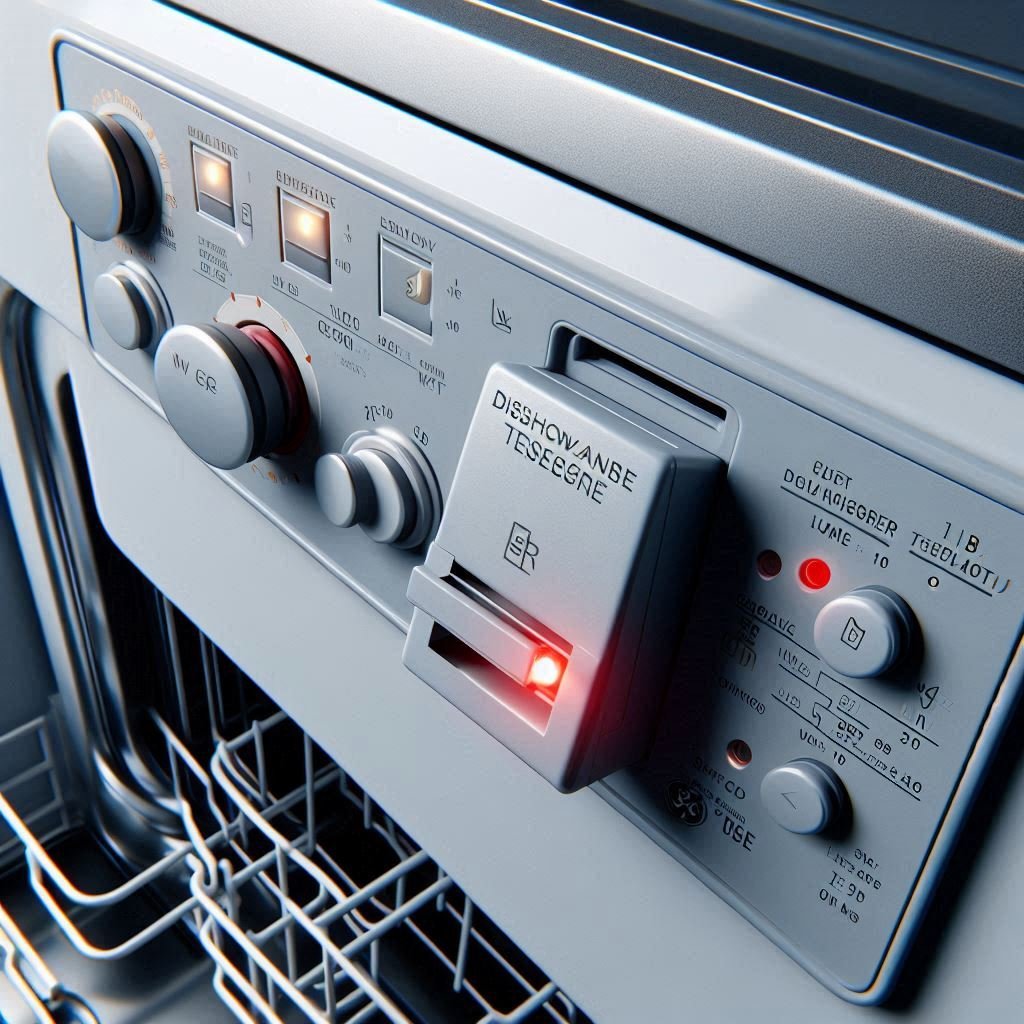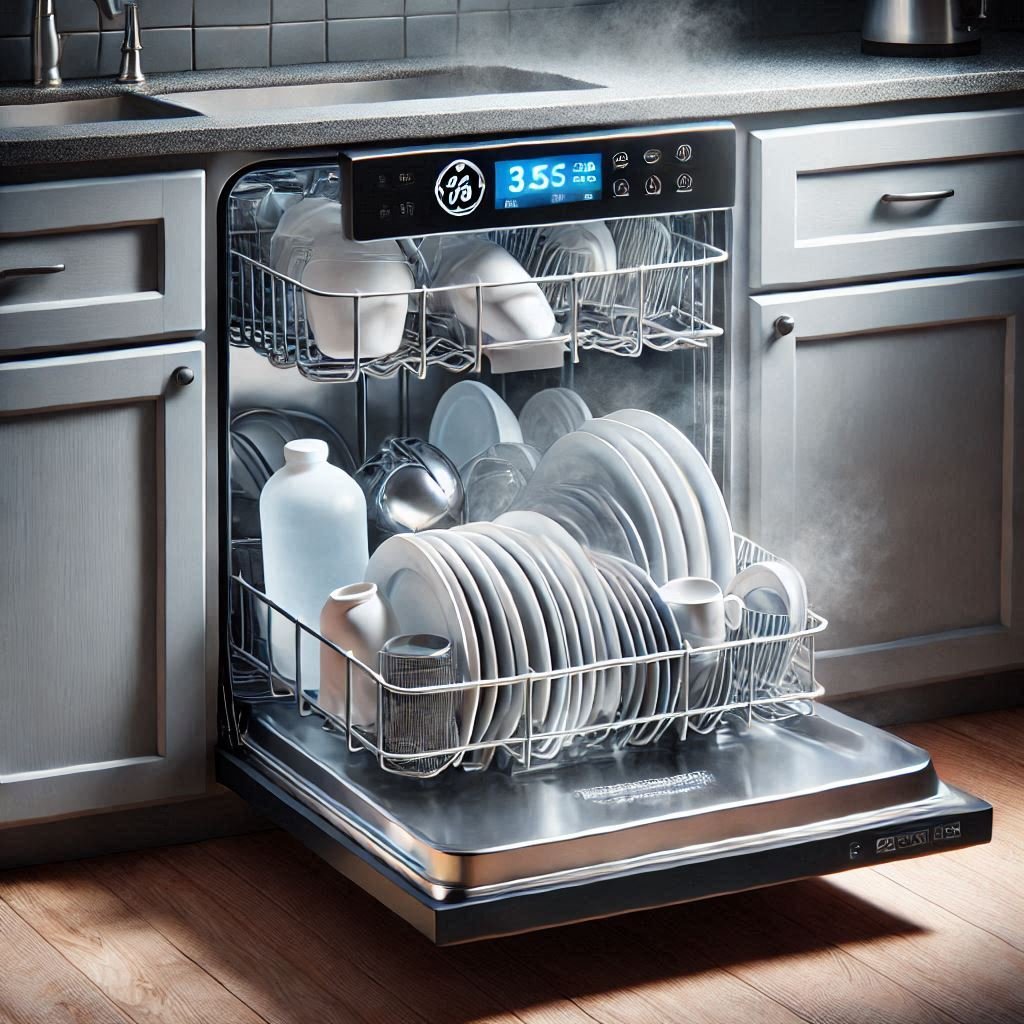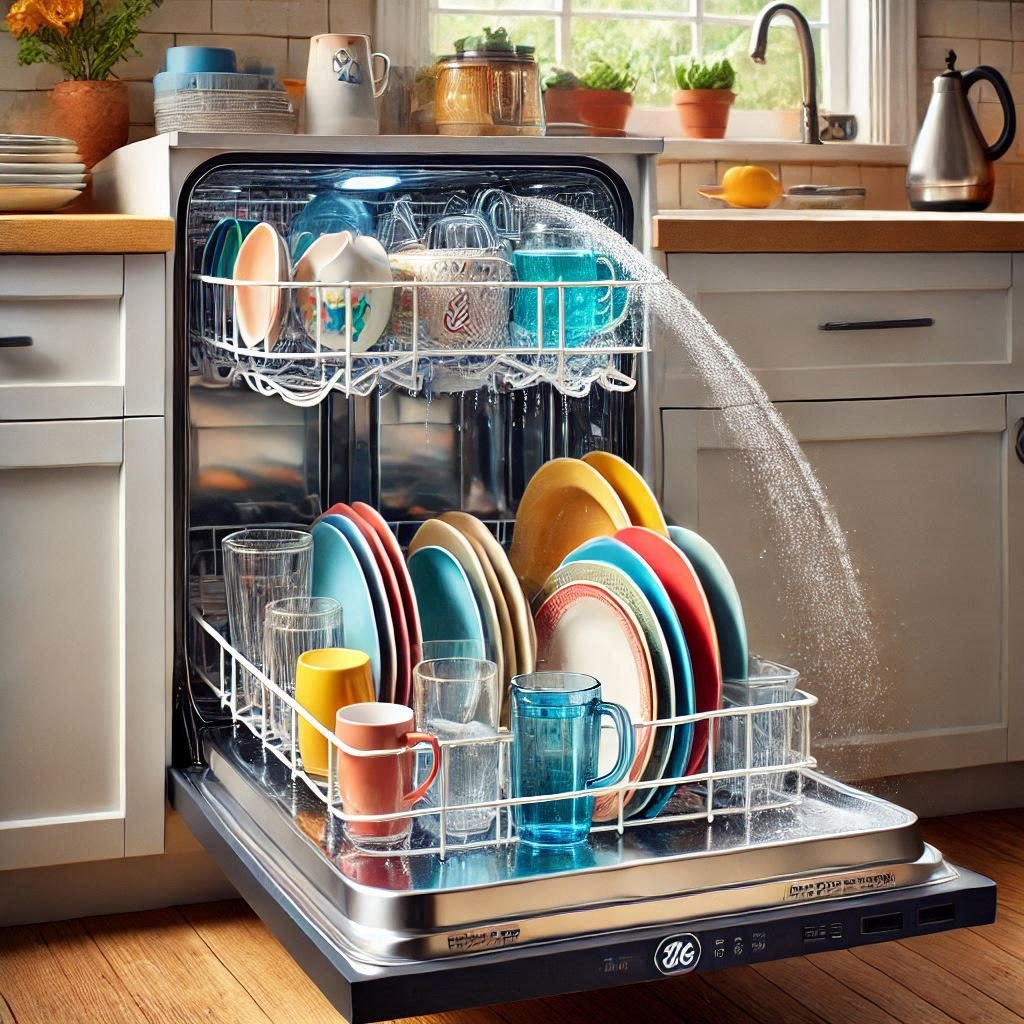If your GE dishwasher keeps tripping the breaker, it can be frustrating and disruptive to your daily routine. But don’t worry, I’m here to help you troubleshoot and fix this issue. Understanding why this happens and how to solve it can save you time, money, and a lot of frustration. In this comprehensive guide, I’ll walk you through the steps to identify the root cause of the problem and how to fix it effectively.

Table of Contents
Why Your GE Dishwasher Keeps Tripping the Breaker
Before we jump into the solutions, it’s crucial to understand why your GE dishwasher might be tripping the breaker. Here are some common reasons:
- Overloaded Circuit: Dishwashers draw a significant amount of electricity. If other high-power devices are on the same circuit, it may overload. An overloaded circuit can’t handle the combined power needs, causing the breaker to trip as a protective measure.
- Short Circuit: A short circuit in the dishwasher or its wiring can cause the breaker to trip. This occurs when the electrical current travels along an unintended path, potentially causing damage and a trip to ensure safety.
- Faulty Components: Internal components like motors, heating elements, or the control board could be defective. When these parts malfunction, they can draw more power than normal or create unsafe conditions that lead to a breaker trip.
- Ground Fault: A ground fault occurs when the electrical current finds an unintended path to the ground, causing the breaker to trip for safety. This often happens due to damaged wiring or moisture reaching live electrical parts.
Troubleshoot Your Your GE Dishwasher Tripping Breaker Issue
Check for Circuit Overload
- Identify Shared Circuits: Make sure your dishwasher is not sharing a circuit with other high-power appliances like refrigerators, ovens, or washing machines. Overloaded circuits are a common cause of breaker trips.
- Redistribute the Load: If it is, try redistributing some of the electrical loads to other circuits. For instance, plug your refrigerator into a different outlet that’s on a separate circuit.
Inspect the Dishwasher’s Power Cord
- Unplug and Examine: Unplug the dishwasher and inspect the power cord for any visible damage or wear. Look for frayed wires, burn marks, or any signs of deterioration.
- Replace if Damaged: If the power cord is damaged, replacing it may resolve the tripping issue. Make sure to use a cord that matches the specifications of your dishwasher.
Reset the Breaker
- Turn Off the Breaker: Find the breaker that controls your dishwasher and turn it off for a few minutes. This can help reset any tripped internal components.
- Turn It Back On: After a few minutes, turn the breaker back on and see if the issue persists. If it does, further investigation is needed.
Check for Short Circuits
- Inspect Internal Wiring: Open the dishwasher’s access panel and check for any signs of short circuits in the wiring. This includes looking for damaged insulation or loose connections.
- Look for Burn Marks: Burn marks or melted wires are a clear indication of a short circuit. These should be addressed immediately to prevent further damage.
Test the Internal Components
Testing the Motor
- Multimeter Test: Use a multimeter to test the motor for continuity. A motor that fails the continuity test may need to be replaced. Refer to the dishwasher’s manual for specific testing procedures.
Testing the Heating Element
- Continuity Check: Similarly, check the heating element for continuity. A faulty heating element could cause the breaker to trip. Ensure the dishwasher is unplugged before performing this test to avoid electric shock.
Ground Fault Detection
- Use a GFCI Outlet Tester: A ground fault circuit interrupter (GFCI) outlet tester can help identify if there’s a ground fault in your dishwasher’s electrical system. This tool is invaluable in pinpointing issues that might not be immediately visible.
Repair or Replace: Which is Worth!
Repairing Faulty Components
- Replace Damaged Parts: If you’ve identified faulty components through the above tests, replacing them can fix the issue. Ensure you use parts that are compatible with your specific dishwasher model.
- DIY vs. Professional Help: Decide if the repair is something you can handle or if you need to call in a professional. Some repairs might require specialized tools or expertise.
When to Consider Replacement
- Age of the Dishwasher: If your dishwasher is over 10 years old, it might be more cost-effective to replace it rather than repair it. Older units are more prone to frequent breakdowns.
- Cost of Repairs: Compare the cost of repairs to the cost of a new dishwasher. If repairs are nearing the price of a new unit, investing in a new dishwasher might be a better option.
How To Prevent GE Dishwasher Tripping Breaker Issue
Regular Maintenance
- Clean the Filters: Regularly clean the filters to prevent blockages that could lead to electrical issues. A clogged filter can make the motor work harder, increasing the risk of a trip.
- Inspect Wiring: Periodically check the wiring for any signs of damage or wear. Early detection of issues can prevent major problems down the line.
Dedicated Circuit
- Install a Dedicated Circuit: To avoid overloading, have an electrician install a dedicated circuit for your dishwasher. This can greatly reduce the risk of breaker trips and ensure safe operation.
Expert Advice for Long-term Solutions
Electrical Safety
It’s important to remember that working with electrical appliances can be dangerous. Always ensure that the dishwasher is unplugged before attempting any repairs. If you’re unsure about any steps, it’s best to consult with a professional.
Routine Inspections
Regularly inspect your dishwasher and its components. This includes checking for leaks, unusual noises, or any signs of wear and tear. Routine inspections can help you catch issues early and keep your dishwasher running smoothly.
Using Proper Tools
When performing any repairs, make sure you have the right tools. Using improper tools can cause damage to the appliance or even pose a safety risk. Basic tools you might need include a multimeter, screwdrivers, and pliers.
Professional Help
If you’re ever in doubt about diagnosing or repairing an issue, it’s always a good idea to call a professional. Electricians and appliance repair technicians have the expertise and tools to safely fix the problem.
Energy Efficiency
Consider upgrading to an energy-efficient dishwasher if your current model is outdated. Newer models are designed to use less water and electricity, which can reduce the overall load on your electrical system.
Bottom Line
Fixing a GE dishwasher that keeps tripping the breaker can be straightforward if you know where to start. By following the steps outlined in this guide, you can troubleshoot and potentially fix the issue yourself.
Remember, it’s crucial to ensure your dishwasher operates on a dedicated circuit and to perform regular maintenance checks. If you find that your GE dishwasher keeps tripping the breaker despite these efforts, it may be time to consult a professional or consider replacing the unit.




Leave a Reply